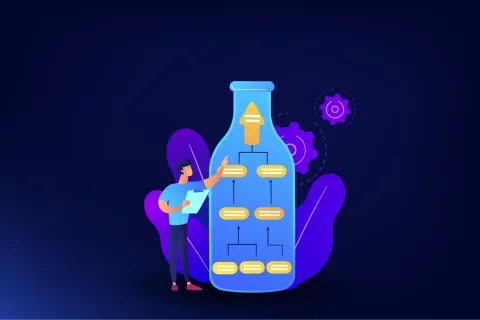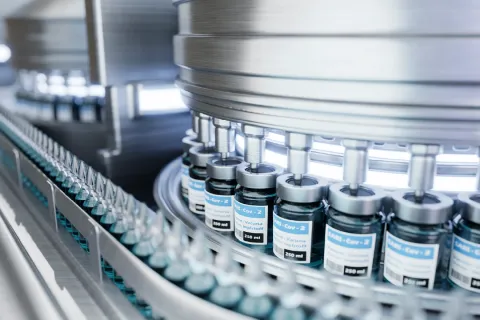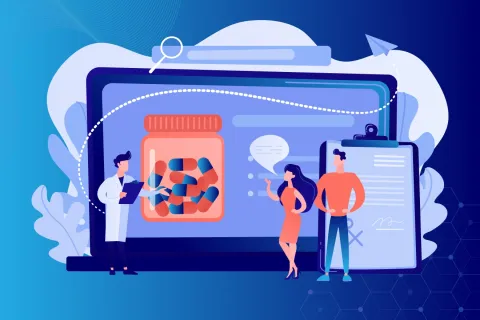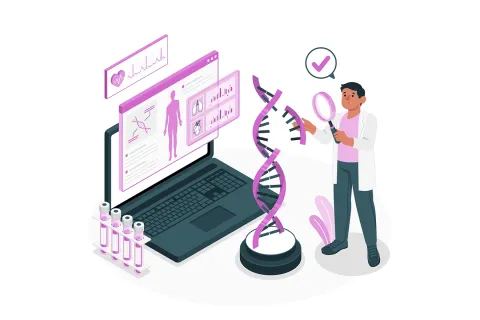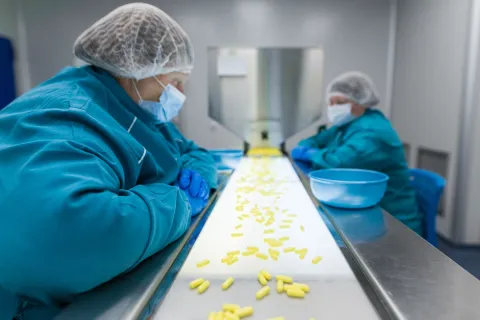
With digitalization taking up the world, some might say that paper leaflets are an outdated approach. Paper leaflet copies can become outdated whenever new safety or effectiveness information is released, making it challenging for manufacturers to update their leaflets.
But with new possibilities come new opportunities. An innovative approach to moving towards more paperless patient information is being adopted by many European manufacturers. Several benefits would support patients by working towards a safer use of medicinal products and enhanced patient safety overall. These may include (but are not limited to) the availability of comprehensive information on demand, interactive elements leading to better patient education, and removing the language barrier in disseminating scientific and medical information.
But how might such timeless changes benefit the artwork and labeling industry?
Every year, millions of paper inserts are usually thrown away without even being read. This means that an enormous amount of paper is being wasted. Patients tend to rely on pharmacists or physicians, who recommend dosages and the regimen to be followed with restrictions (dietary, etc.) if any. Patients discard the outer packaging with the included Product Information (PI) and prefer to keep a digital copy of the prescription. This causes patients distress in times of an emergency, where first responders need information about the molecule or medicine being consumed. With the ePI, eliminating paper and reducing package sizes would contribute to global efforts to reduce the industry’s overall environmental impact.
How Can this Impact Patients and Change the Pharmaceutical Industry?
One of the ePI pilot projects to understand how such innovation might impact Healthcare Professionals (HCP) or patients was conducted in Belgium and Luxembourg. Being strictly used in the hospital environment only, it demonstrated that the electronic Patient Information Leaflet (ePIL) is equivalent to the paper PIL in providing the necessary information for the safe and effective use of medicines for the patients and the HCPs in a hospital setting. Evidence showcased a clear path that HCPs and even patients are ready for such a transformation, as the consultation of the patient leaflet in a digital format went from 75% before the study to 96% after the study. Following that, 98% declared that paper leaflets could be removed from the packaging of medicines restricted to hospital use as it did not cause any issues nor inconvenience in their daily practice.
The use of ePI will not conflict with the requirement of the pharmaceutical legislation (Article 58 of Directive 2001/83/EC 1) to include a Patient Leaflet (PL) in the packaging of all medicines or directly convey all the information required (by Articles 59 and 62 of the Directive) on the outer or immediate packaging. As a result, e-leaflets won't create a brand-new legal responsibility and can start being produced right away.
Countries like Taiwan have made an app that enables users to obtain details about Over-the-Counter (OTC) medications by scanning the barcode on the packaging. The app also uses GPS to help users find pharmacies nearby so they can speak with the pharmacists about medications. Japan has passed new laws requiring the replacement of paper labels on commercial packaging of medical equipment and prescription medications. The regulations started being enforced on August 01, 2021, with a two (02)-year transition phase ending in July 2023 for a paperless system. With this shift, patients will have quick and dependable access to the most recent PI that has been approved and validated virtually in real time in the corresponding local language.
What Is The Landscape Of E-Labeling Regulations Around The World?
| National Repository | XML Format Adopted | Elimination of Paper |
US | ✔ | ✔ | |
Canada | ✔ | ✔ Voluntary | Voluntary, to be agreed upon by NRA |
EMA | ✔ | ||
UK | ✔ | ||
Japan | ✔ | ✔ | ✔ Aug'21 |
Singapore | Voluntary | ||
Australia | ✔ | Paper copies needed for injectables | |
Chinese Taipei | ✔ | ||
China | |||
Brazil | ✔ |
Fig.1- Global overview of selected e-labeling regulations
As previously indicated, the move to a paperless PI option can have several positive effects on patients, HCPs, pharmaceutical firms, and even the environment. Users will be able to access information in the language and format of their choice using a digital version of the leaflet, making it a more user-friendly tool. To be ePI ready, your artwork will need a spatial overhaul to accommodate newer elements such as patient alert cards, scannable QR codes, and numerous other UX changes to drive the adoption of the ePI.
The ePI will make it possible for safety changes to be applied in days as opposed to months, making it a more environmentally friendly choice. When e-leaflets take the place of conventional paper leaflets, this will also result in a reduction in resources, time, effort, and material waste. With Freyr’s in-house artwork studio and Regulatory-trained artwork specialists spread globally, we are poised to be your preferred artwork partner of choice. Consult us for compliance.
